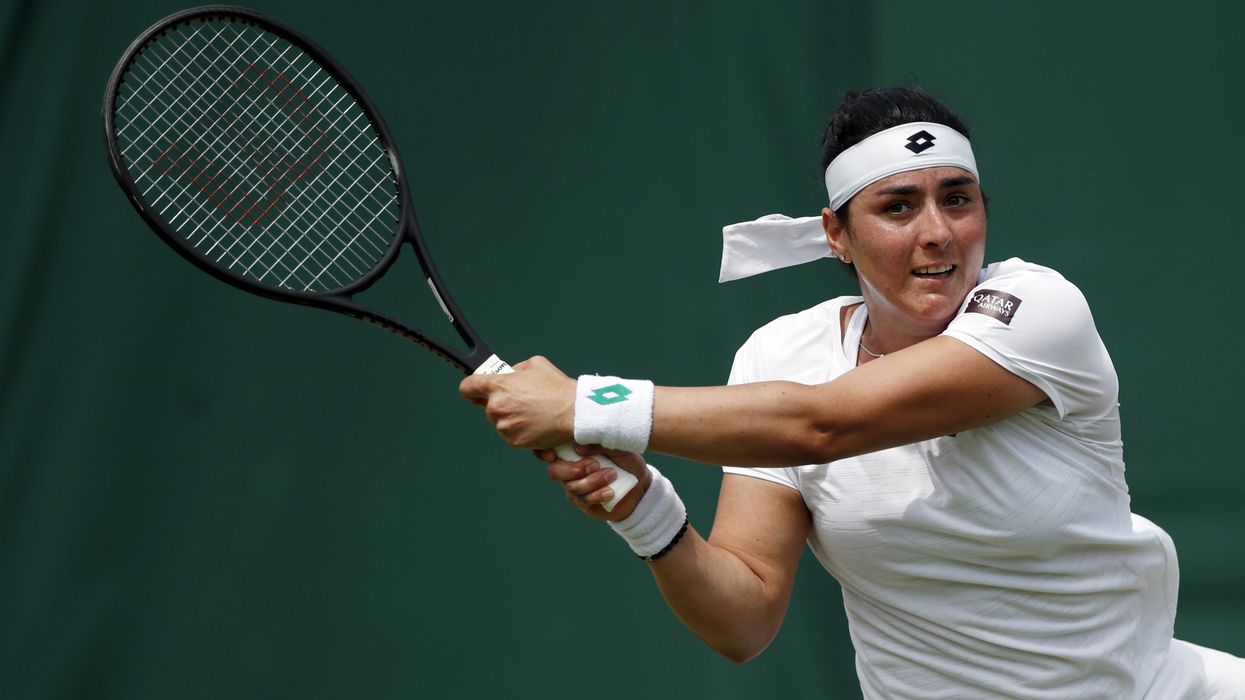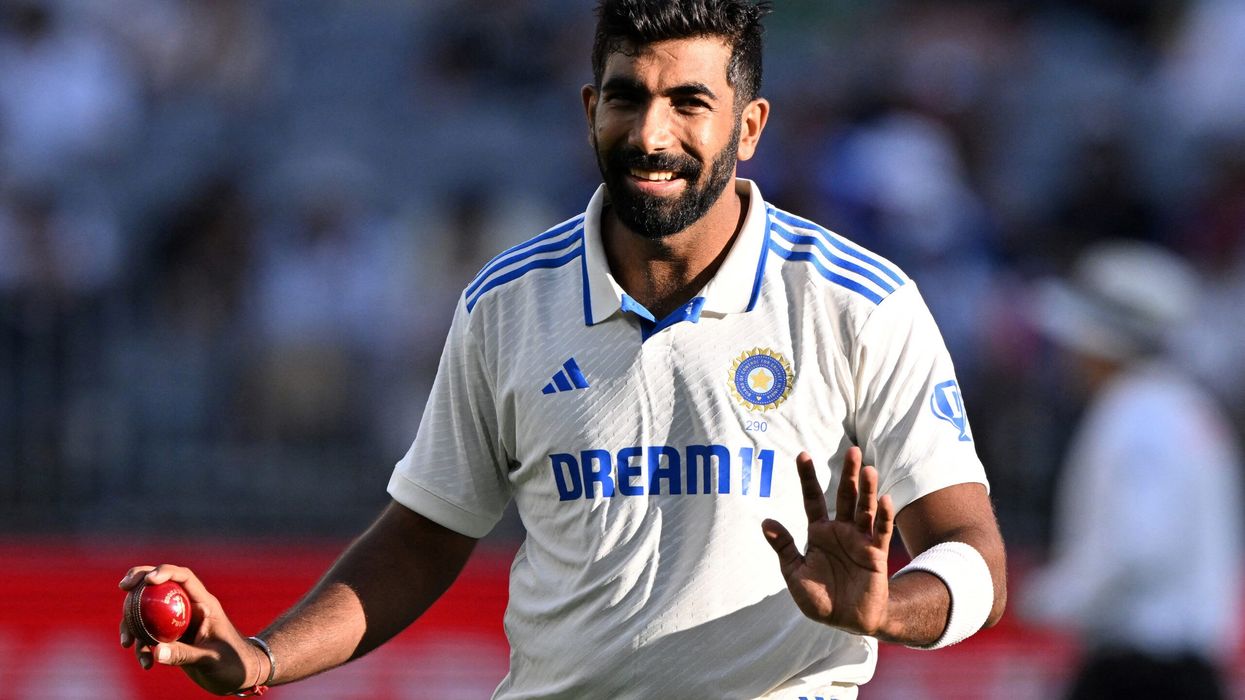ONS JABEUR'S historic Wimbledon campaign saw her reach the women's quarterfinals on Monday (5), beating Poland's 2020 French Open champion Iga Swiatek 5-7, 6-1, 6-1 in their fourth round match.
The 26-year-old is the first Tunisian woman to reach the last eight at Wimbledon and will face Belarus second seed Aryna Sabalenka who defeated Elena Rybakina 6-3, 4-6, 6-3.
Sabalenka will be playing in her first Grand Slam quarterfinal.
Jabeur showed great poise to stay in the match after she let slip a 5-4 lead and serving for the first set only for the Pole to reel off three games on the bounce.
Swiatek, after a flat opening, had taken note of a young Polish fan holding up a board inscribed 'Jazda Iga' ('Come on Iga').
"It was a great match and I had to stay calm rather than get angry when I failed to close out the first set as getting angry would not have helped my cause," said Jabeur.
"Today I decided to change my game a bit as everyone knows I am doing drop shots and being aggressive was key today."
Jabeur never looked back once she had got over the loss of the first set.
Her breaking her 20-year-old opponent in the first game of the second set - set the tone for the rest of the encounter.
Indeed such was her dominance that Swiatek at one point having been out-witted by a Jabeur drop shot smashed the top of the net angrily with her racquet.
Muchova beats Badosa
Karolina Muchova reached the Wimbledon quarterfinals for the second time on Monday (5) beating Spain's 30th seed Paula Badosa 7-6 (8/6), 6-4.
The 24-year-old 19th-seeded Czech will play the winner of the match between 2018 champion Angelique Kerber and American Coco Gauff for a place in the semifinals.
Muchova, who beat world number one Ashleigh Barty to reach the Australian Open semifinals this year, reached the last eight in 2019.
Muchova could face Barty in a re-match if both win their quarterfinals.
Former champion Kerber brushes aside Gauff
Angelique Kerber, the 2018 Wimbledon champion, produced a superb display to beat American teenager Coco Gauff 6-4, 6-4 in 1 hour and 16 minutes to reach the quarterfinals on Monday (5).
The 33-year-old German former world number one fell out of love with the game for a spell but is back in the form she showed in 2018.
Kerber, the only Wimbledon women's champion remaining in the draw, will play Karolina Muchova of the Czech Republic for a place in the semifinals.
For Gauff, 17, it was defeat at the same stage she exited two years ago when she won the hearts and minds of the Wimbledon crowd aged just 15.
(AFP)













